Egyptian civilization – A few interesting facts
Ancient Egyptians believed that life exists even after death. They also believed that if bodies are perished, soul never enters heaven. For that reason they made dead bodies immortal by applying preservatives and sweet perfumes over the body. Such monuments are found in Egypt now, even after centuries – with prepared food, water, make-ups and weapons. Such thousand year old monuments are known as pyramids. Though around 120 pyramids were found three excavation, only three could stood against the test of time. Rest of them have been severely damaged or destroyed.
Most recently, as a part of ‘Scan Pyramid’ Project, when Pyramids of Giza were scanned using Infra Red rays, many new details have been obtained, which can throw light to many unknown mysteries hidden behind mummies and pyramids for several centuries. Through this column let me give a few more interesting facts about Egyptian civilization, and pyramids.
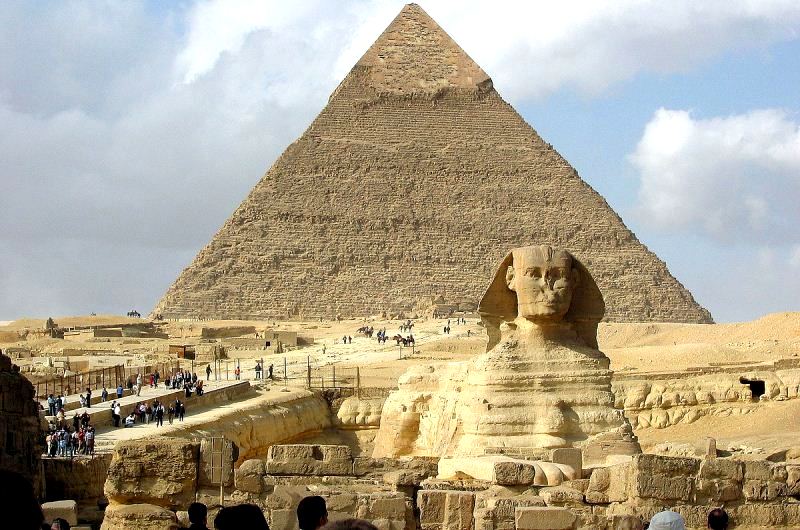
Egypt – known as the gift of Nile is one among the ancient of all civilizations. Egyptians were the first to start agriculture and still now, many of their inventions are hard to believe. Great constructions of ancient Egyptians still remain as great wonders of the world. Great pyramid of Egypt is still one among those 7 greatest wonders of the world. They are the tombs of Egyptian kings known as Pharaoh of which Great Pyramid of Khufu is still the biggest monument build by humans. Sphinx statue with lion’s body and man’s head needs special mention. This huge statue of 100 feet length and 70 feet height is the best example of ancient Egypt’s excellence in architecture. Biggest temple built by Egyptians is Konark and it took 2000 years to complete it.
Houses of Pharaohs
Pyramids have been built as the dwelling places of deceased Pharaohs. Ancient Egyptians believed that a part of their soul named ‘Ka’ remains along with dead Pharaohs and the remaining soul departs the material world. They also believe that their rulers rule heaven & hell. As they believe that Pharaohs’ souls left in earth have many responsibilities to do, and hence they preserve the physical body and also provide with everything needed to live a normal life. So Egyptians bury personal care products, luxurious things, precious ornaments, food etc along with their dead Pharaohs.
Egyptian Gods created from their myths and living style
Greek mythology and gods are deeply linked to Egyptian culture existed then. The whole activities were concentrated on to Nile river, annual floods and everything related to that. They worshiped Hapi as the god of water and Personification of the Nile river, who gifts them with drinking water and also fertilizes the river banks after annual flood. Later he came to be known as the God of prosperity.
Every year Nile and its banks used to fully immerse in floods and regains its power in double. Osiris was their favourite god, the god of death and resurrection and the representative of Nile river and its banks. They worshiped different forces of nature, who stood as the supremo of land, air, water etc. Some of them include sun, moon, stars, lakes etc. Slowly they started worshiping sun as Ra (sun god), who later came to be known as Amun.
Giza, on the banks of Nile, there is a huge statue of Sphinx with head of human and body of a lion, dated to 4600 years. It was constructed by the ruler Khafre, and has been renovated several times. Still now it stands as the pride of Egyptian civilization.
A small note on the brilliance of Egyptians in knowledge and intelligence
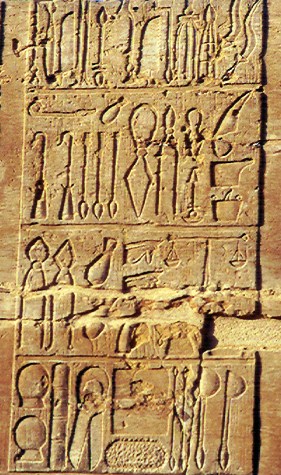
Ancient Egyptian medical instruments depicted at a temple at Kom Ombo
The parent form of most of the mathematical and scientific tables of today were invented by Egyptians. Egyptians prepared solar calendar and it came to existence from BC 4200. 12 months with 30 days and 5 days extra – the total of 365 days. Still we are following the same calendar with a few modifications. Letters started from pictures and it’s believed that letters were born for the first time in Egypt. Script used by ancient Egyptians consisted of symbols and pictures and was known as Hieroglyphics, which literally means ‘Scripts of divinity’. Egyptians coded 94 letters long before 6000 years. They showed their excellence in mathematics too. Though they were ignorant of ‘zero’, they developed geometry, decimal system, trigonometry and many principles of arithmetic. They were able to calculate the volume of cylinder, pyramid and hemisphere.
Egyptians were intelligent not only in mathematics and communication, but also in medical science and chemistry. Separate physicians were assigned for dental treatment, surgery and treatment in intestine problems. At that time itself, they knew well the importance of nervous system and heart. The findings of Egypt were spread to Europe through Greek. They were intelligent in metallurgy, chemistry and engineering also. The word ‘Chemistry’ was derived from Egyptian language. The inventions of sun dial – the device that calculates time according to sun shadows, and water clock that calculates time according to flow of water also belong to ancient Egyptians.
It’s also surprising to know that glass and paper were first made by Egyptians. Papyrus plants grow in abundance in Egypt. Ancient Egyptians crushed the stem of this plant, dried it well and prepared papers. Later the word’ paper’ derived its name from Papyrus. Its root was used as food, and also dried to get firewood. Using the stem and leaves of papyrus, ancient Egyptians made boats, sandals, boxes, ropes etc. They also knew the technique to divert the flow of Nile river during flood season and also scientific water supply techniques to make well use of river water during drought seasons when water is scarce.
A word on immortal mummies of Egypt
Egyptians firmly believed in the life after death. So, they scared that if the body of deceased are not preserved properly, their departed souls won’t reach heaven. So they used to apply some perfumes to the corpses and preserve it well. Such preserved dead bodies are called Mummies. Such 1000s-year old mummies are still seen in Egyptian pyramids. Egyptians used to follow certain customs and complex rituals for 40 long days for Mummification process. Physicians, religious priests and technical experts used to be a part of this complex process. Mummies preserved this way thousands of years ago have stood against the test of time, leaving behind many puzzles for scientists to solve. Mummies give the testimony of the brilliance of Egyptians in the field of science and medicine centuries ago.
Most villagers were farmers
Though ancient Egyptians were predominantly associated with agriculture and farming, they are also involved with weaving, pottery, cattle farming, making of metal instruments, fishing, trade etc.They were expertise of mirror work as well. They made decorative items and household things using expensive stones, horns etc.
Now a word on great rulers of ancient Egypt
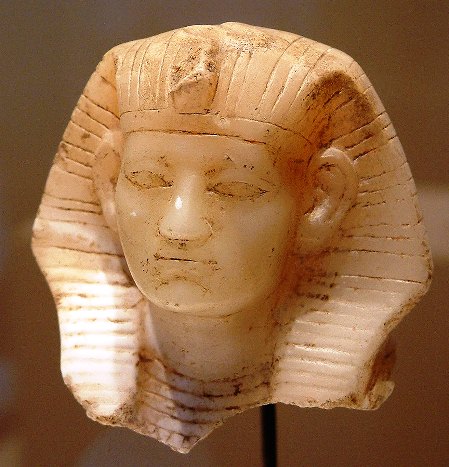
Amenemhat III, the last great ruler of the Middle Kingdom
Most famous Emperor of ancient Egypt was Amenhotep 1V (BC 1375-1358) who was popularly called Akhenaten. He is often known as the first person with great principles and believer of single god. He asked his subjects to worship sun as god. He was born as the son of Amenhotep 111 and his mother was an ordinary woman. He stood against traditional customs and beliefs of God and worship and his literal work is still considered one among the best of Egyptian literature. He also wrote folk songs, love songs and adventurous stories. First female ruler of the world was also an Egyptian. Her name is Hatshepsut who ruled Egypt during the period 1490-1479 BC.
Around 3090 BC, all Egyptians came under one umbrella with a single ruler. This unification was done by Menes and rulers of ancient Egypt were known as Pharaoh, meaning, ‘the person who lives in a mansion’. 31 pharaohs ruled Egypt and Egyptians lived in freedom as independent people. But gradually the system was disintegrated.
In BC 1750, Hyksus tribes attacked Egypt. But under the leadership of ruler Ahmose I, they won the battle. During the reign of this great ruler, Egypt grew as a great empire. His predecessor Thutmose I selected a place for his tomb at city capital. Then onwards a new procedure was started to bury the pharaohs in ‘Valley of the Kings’. Later Egypt was attacked by Libyans and Ethiopians and with Persian attack in BC 525, ancient Egyptian civilization almost ended.
Before I conclude a small note on Alexander the Great
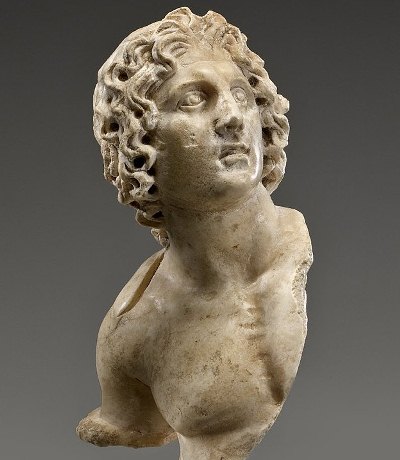
Alexander the Great captured Egypt from Persians in 332 BC and Egyptians welcomed their new emperor with happiness and cheers. After his death a Greek named Ptolemy established a new dynasty and they ruled the country as per Egyptian principles. Cleopatra was a queen of this dynasty and in AD 30, with the attack of Octavia, Egypt became a part of Roman Empire.
Image source: Wikipedia.






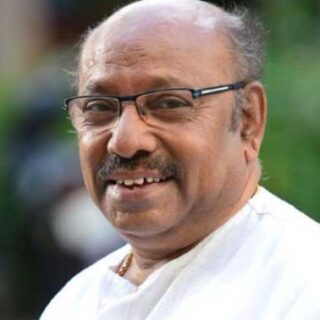

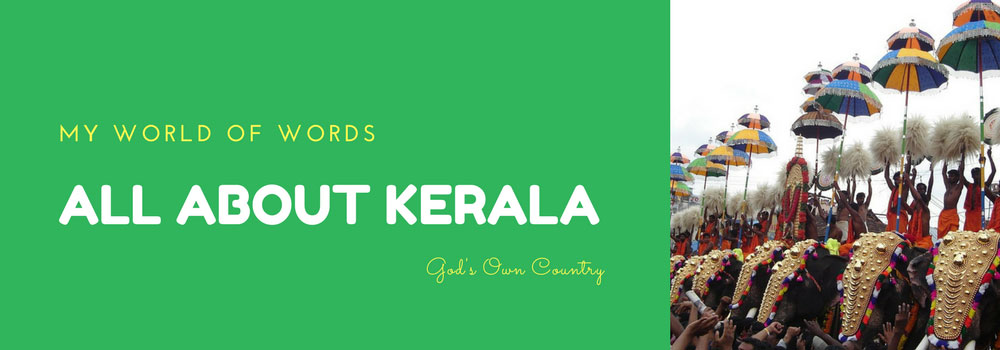

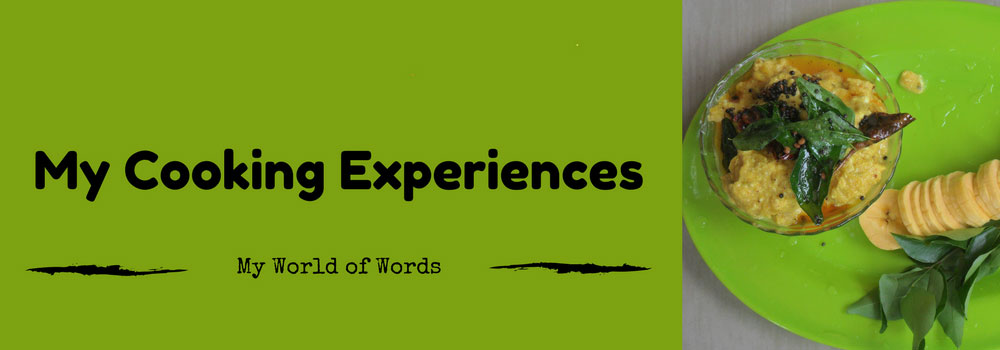



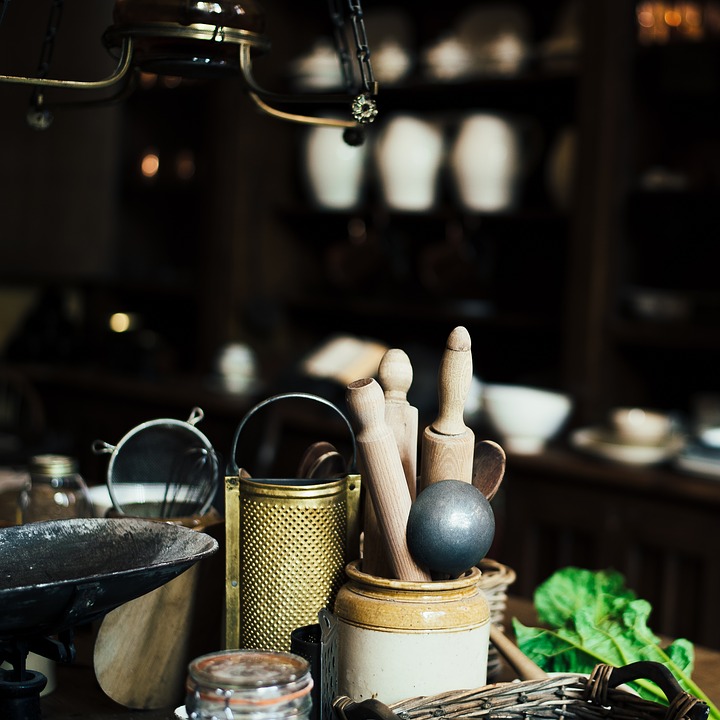
Recent Comments